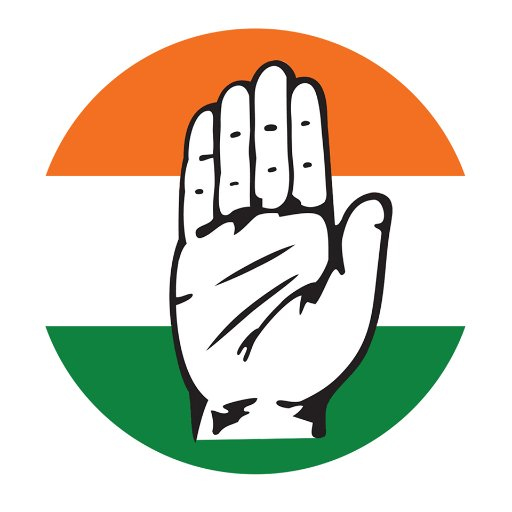The Glorious Role of India’s Freedom Fighters And Achievements In Post-Independent India X-Rayed

by Arvinder Singh
Capt. Praveen Davar has been writing on various subjects and is a well-known scribe to those who follow the national media. He has traced the history of the Indian National Congress during the Freedom Struggle and beyond with consummate skill. A military man, Davar has been a member of the Congress Party for over four decades and is committed to the Nehruvian ideology.
In this volume, one finds pen portraits of Mahatma Gandhi, Lokmanya Tilak, DadabhaiNaoroji, Annie Besant, Motilal Nehru, Bhagat Singh, Jawaharlal Nehru, Subhas Chandra Bose and C.R. Das to mention a few. Momentous events have been chronicled too, like the Salt Satyagraha, the Quit India Movement, the Partition of the sub-continent, the Bangladesh War and the Emergency, among others.
One chapter in the book which will draw the attention of the reader is on the Quit India Movement. He traces the genesis of the movement which began with the failure of the Cripps Mission and it was at the Congress Working Committee at Allahabad on April 27, 1942, that the idea of this movement took root. After the resolution of ‘Quit India’ was passed, Gandhiji gave the nation the mantra of ‘Do or Die’. This was historic and something the younger generation should read about. Another leader who features prominently in this collection is Subhas Chandra Bose; the tragic hero of Indian politics who became Congress President for the second time in 1939, defying Gandhiji’s diktat. What would the history of India have been had Nehru and Subhas worked together after the latter resigned from the Congress Presidentship? Davar touches upon this aspect of history, albeit tenderly.
Davar turns his pen on matters military in many of the essays which include the Kashmir War of 1947, the Chinese aggression of 1962 as well as the 1965 and 1971 wars with Pakistan. He has studied the question of the non-use of the Indian Air Force in the 1962 Indo-Sino conflict and finds some lack of communication from the Air Force top brass with the government on this aspect. In an interview with me some years ago, the late Marshal of the Air Force Arjan Singh had also expressed regret on the air power not being used at that time.
The author has also justifiably given enough prominence to the 1971 war which was militarily India‘s finest hour. It was an all-out victory both in the eastern and western fronts. The sinking of the Pakistani submarine Ghazi off Visakhapatnam and the surrender by Pakistani General Niazi was well expressed in the slogan popular at that time “Ghazi ko tabahkiya, Niazi ko sabakdiya” (we have destroyed Ghazi and taught Niazi a lesson).
In his foreword to the book, former Union Minister Dr. Karan Singh feels that India could have got a better deal in the post war Simla Agreement of 1972. Davar tends to disagree with this view. There is substance in this contention, having 93000 prisoners of war did not necessarily mean we could hold them hostage for an unlimited period of time. Also, international pressure was a factor to be reckoned with then, the Soviet Union could not bail us out for all time to come with the hostile Nixon administration in the USA baying for our blood.
Davar has traced the contribution of our leaders in the pre and post-independence eras quite lucidly and rates Jawaharlal Nehru as the second greatest Indian after the Mahatma. His book should indeed be read by all those interested in the history of the last hundred years of our country.







